5. Trash Trilogy
Films: Pink Flamingos/ Female Trouble/ Desperate Living
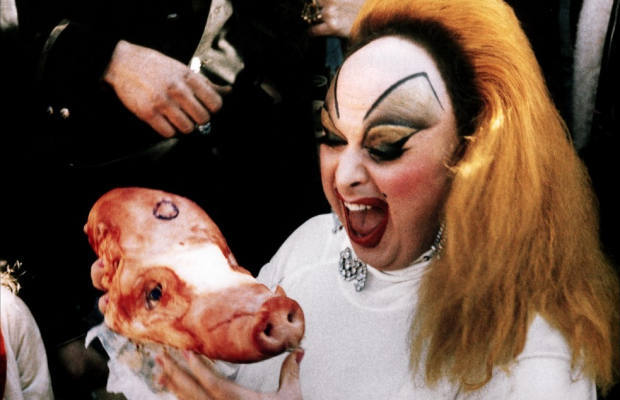
Briefly mentioned in the previous entry, it’s John Waters’ time to shine on the spotlight with his ode to bad taste and shock value with his subversive, unapologetic Trash Trilogy.
But what is trash exactly, in Waters’ conception? Or, more precisely, what is this “bad taste” that he’s clearly very fond and the refers to as “good bad taste”?
Bad taste relates directly to our relationship with the body, with all its fluids and the potentially repulsive behaviors we can have. It deals with a relationship that was altered with the legalization of pornography and the insertion of the contours of the body into a socially acceptable sphere of ‘sexual’; a period in which class and social factors began to dim into the background.
Waters’ films in the “psycho-ward days” are all bizarrely exaggerated explorations of lower class (more specifically, of white trash people) relationships with its surroundings and social realities. These films attempt to create a subculture of all that is low, marginal and frowned upon with repulsion in reality, a culture to which people effectively aspire to – as seen in Divine’s obsessive quest to gain the title of world’s filthiest person.
The Trash trilogy consists of narratives of repressed and marginalized figures who openly embrace their realities and the social concepts of who they are – or whether who they should be and how they should behave – and, in gests of extreme subversion, devoid of any irony or satire (which Waters considers elitist), free themselves from all the hierarchies they are submitted to. Bad taste is a weapon one uses to turn the world upside down, to place the trash, gay and drag community in the place of the bourgeoisie.
Shocking, repulsive and extremely funny, Waters’ trilogy makes for an unique viewing experience that elicits such a wide range of emotions in such a small period of time that it’s frankly impressive how the filmmaker manages to tackle and balance all the tones and comments in his movies.
4. Gates of Hell Trilogy
Films: City of the Living Dead/ The Beyond/ The House by the Cemetery
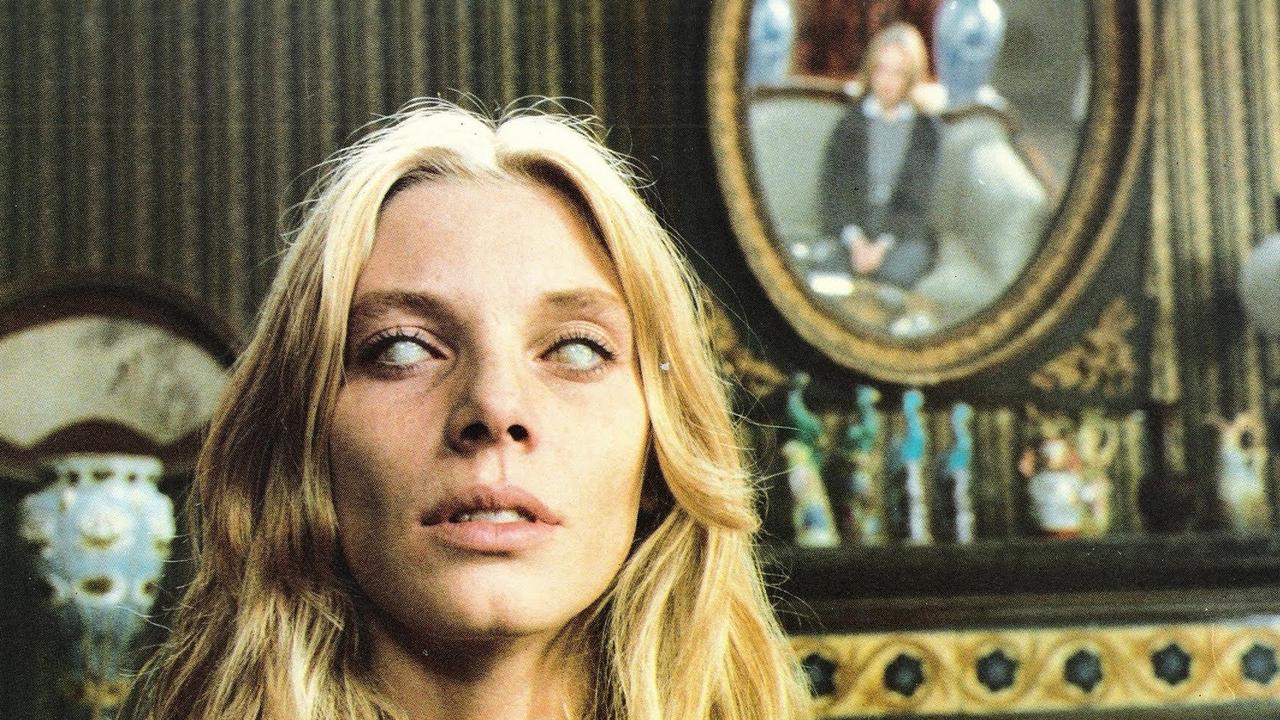
If there were an eight capital sin, it would be writing a text on cult films that didn’t feature at least one Giallo flick. So, as one does not want to incite the wrath of heaven – or of horror film aficionados – let us talk of the gore fest master, mister Lucio Fulci himself.
One of goriest filmmakers out there, Fulci’s name is synonym with extreme violence, creepy atmosphere and great soundtrack (seriously, check out Fabio Brizzi’s work). All three of the films in his Gates of Hell trilogy – the name for such trilogy stems from the alternative title for the first entry in the series – have that in galore, all infused in narratives based around zombies and marauding flesh-eating ghouls (except House, which is more of a slasher-like film).
Fulci was able to shoot these films due to the financial success of his Zombi 2, an unofficial follow-up to George A. Romero’s Night of the Living Dead (released in Italy under the name Zombi), and wasted no time in getting the brains, blood and guts flowing in typical Giallo fashion.
City of the Living Dead and The Beyond are about as Fulci as it gets: a straightforward narrative filled to the brim with gore and creepy ambiance – I’m talking cemeteries, desolate churches, semi abandoned villages – that are disturbing and great fun. The House By The Cemetery is more of a mystery film; a slow burning, not as gory movie with a plotline that’s a bit hard to explain, but involves a frightening basement where things quickly go awry.
The Gates of Hell trilogy is fun, uncompromising and supremely atmospheric. If you were into the more artistic Suspiria, try out some of Argento’s campier and more extreme cousin.
3. The Three Mothers
Films: Suspiria/ Inferno/ The Mother of Tears
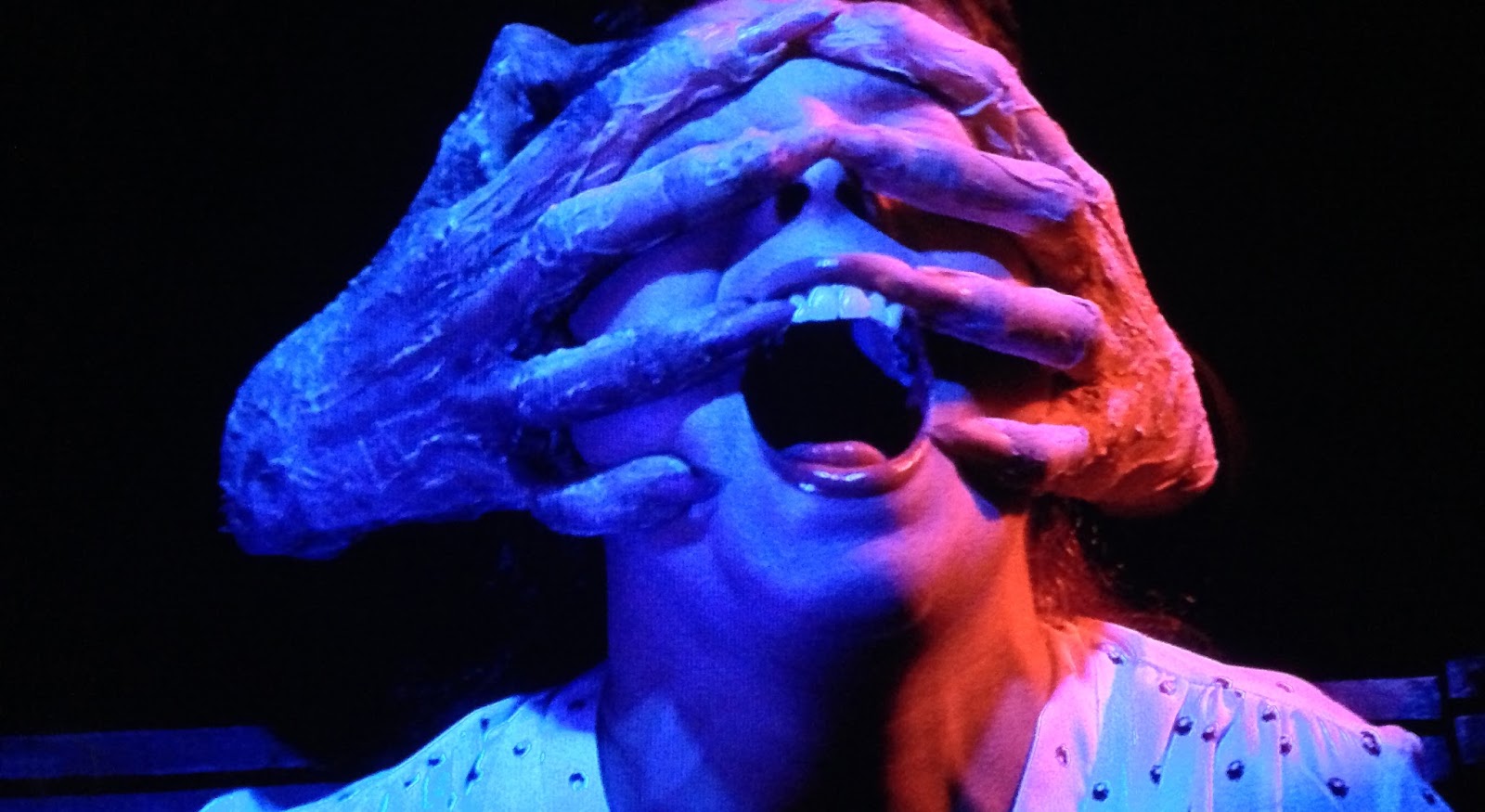
Arguably the best and most influential director of the Italian Giallo, Dario Argento has had an extensive, important career. His crowning achievement, Suspiria, is widely regarded as one of the best horror films of all time, but few people are aware that it is actually part of a remarkable trilogy that showcases Argento’s best qualities as a filmmaker.
The Three Mothers are three ancient, evil witches whose awesome power and magic allows them to control events and alter reality. These characters are based on a work by Thomas de Quincey, which first introduced Mater Lachrymarum, Mater Suspiriorum and Mater Tenebrarum as the three sorrows, a personification of death itself.
Each mother resides in a stately building from where they control the world (think the ballet school in Suspiria, the NYC house in Inferno and the Palazzo Varelli in Mother) and which burn down once they are defeated. A complex storyline shows a bit of the witches’ history, and the events that led to some of them being weaker and frailer than expected of women with such might and power. Each film tells the story of a naïve young woman that manages to somehow defeat one of the Mothers and set fire to their lairs in the aftermath.
The whole trilogy would be worth watching for Suspiria alone (if you’re a horror fan who haven’t seen it yet, what are you doing with your life?), but each film has its own set of strengths and qualities that you should go check out. I mean, Argento, Giallo and witches? What more do you need?
2. Trilogy of the Dead
Films: Night of the Living Dead/ Dawn of the Dead/ Day of the Dead
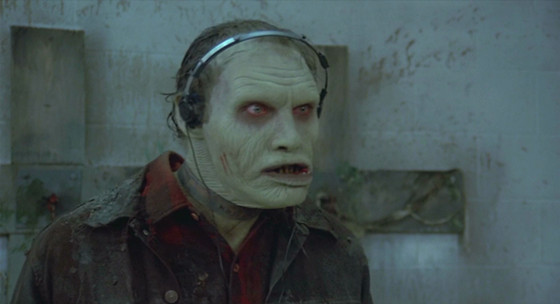
The godfather of zombie films, George A. Romero is a far deeper and more intellectual filmmaker than he’s given due to. A certified horror movie auteur, Romero managed to utilize the recurring theme of epidemic of the living dead as allegories to several social issues, ranging from racism to consumerism.
Little needs to be said of Night of the Living Dead, the seminal independent horror movie that outshines every other independent horror movie. A truly claustrophobic film, with intense performances and superb Orson-Welles-inspired lighting, Night is also remarkable for featuring a black man as the protagonist who must fight not only the horde of undead attempting to break in but also the white selfish father who wouldn’t think twice before throwing him to the zombies if it mean buying him more time. As the family gets infected and starts dying one by one, the remaining traces of humanity begin to disappear and tension rises.
A deeply intelligent and heartbreaking film, Night of the Living Dead showed you can talk of racism and systemic oppression in a way that’s accessible and still frightening. Romero would take that further with a wider critique of consumer-based culture in Dawn of the Dead, where the main characters, trapped inside a shopping mall, witness the sight of zombies strolling along the stores and shops and need to find a way to stay together not only as a team but as human beings.
Day of the Dead, on the other hand, comments on how people behave once communication breaks down and no one can express themselves. How does one act in an ever worsening world that shows no pity either from the side of zombies or of humans?
The whole trilogy is a must for every cinephile out there. Don’t let the gore and zombies fool you, these films are a lot more cerebral than you’d expect and are all the better for it.
1. The Evil Dead Trilogy
Films: Evil Dead/ Evil Dead II/ Army of Darkness
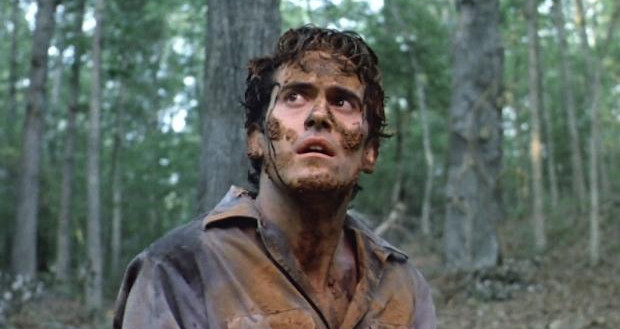
It is likely you will never find a trilogy that blends tones and styles in such a rich, interesting way as the Evil Dead films did. Starting off with a low-budget horror story of a group of young adults in an isolated cabin who inadvertently awake an ancient evil, director Sam Raimi seemed to have it all defined and planned as to how he would like the story to continue, should he make a sequel.
When the opportunity arose, however, he opted to shoot a reboot/remake/sequel that was a parody of the first while still managing to be its own film. The Evil Dead II had everything going against it, as the mix of horror and comedy is often a recipe for disaster. Turns out the film achieved a near perfect balance between the two genres, making for a scary, compelling, inventive and hilarious second entry in the series. It was a blow of fresh air that no one knew the series needed but no one complained about when it happened (how can you complain of a slapstick-gore film?).
Army of Darkness, released five years after Evil Dead II, once again took a 180 turn and threw Bruce Campbell’s character Ash back in time, circa 1300 A.D. A more straightforward action/comedy films with elements of horror, it was yet again funny and arresting viewing, even though few would claim it to be better than the first two films.
The Evil Dead is about as cult as it gets, with an imaginative blend of genres, genuine shocking moments of violence, incredibly creative visuals, one hell of a lead performance and, most importantly, lots and lots of fun. It’s a series of films that know exactly what they are and get to toy with it as they wish.